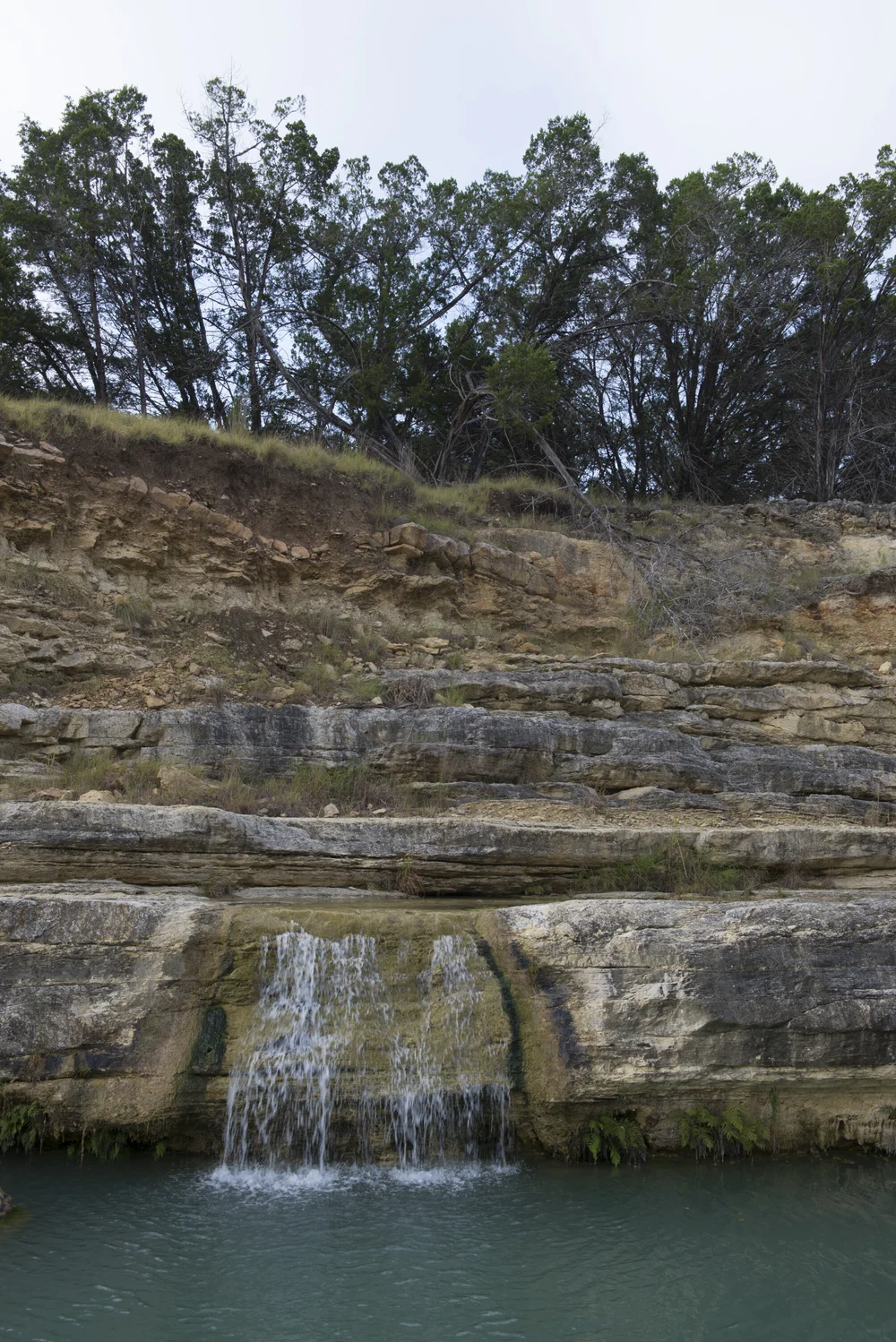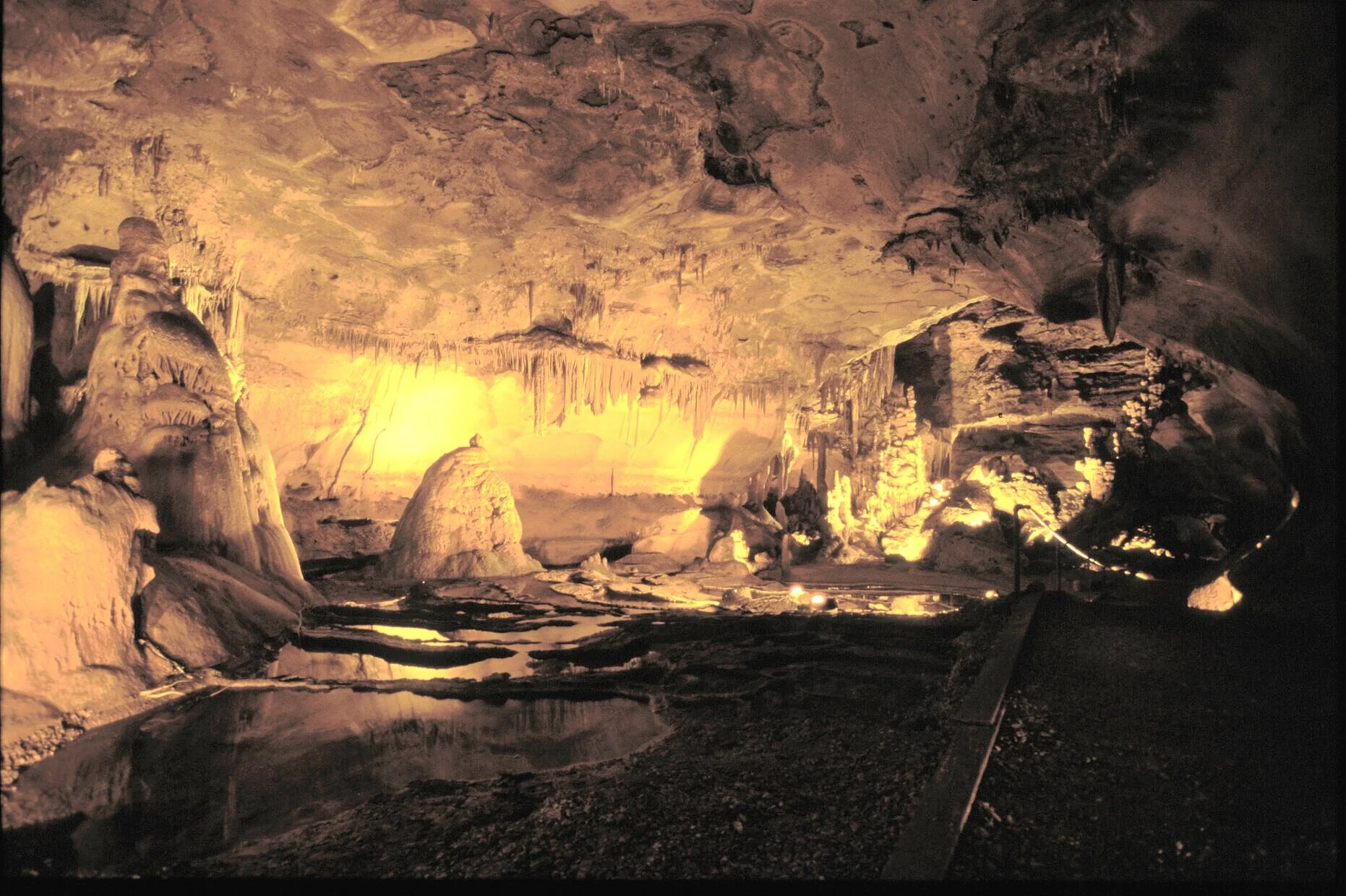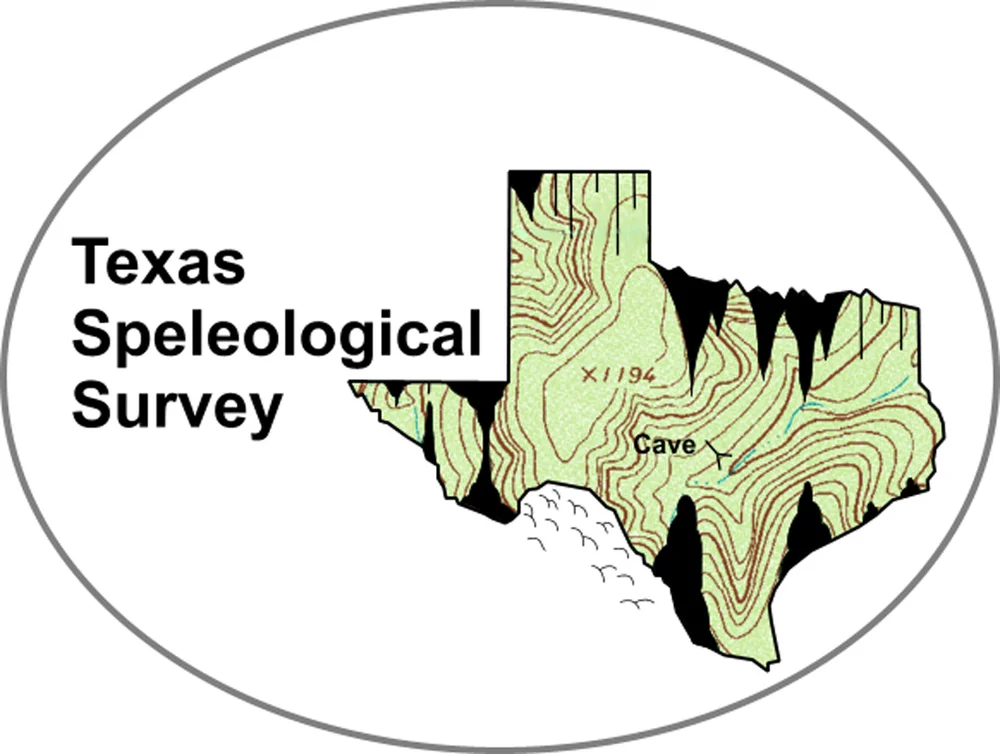
The water flows, through rocks and holes, deep in the karst of Texas.
It’s a fact, not just a catchy homage to Gene Autry. The Hill Country landscape is defined by its porous limestone hydrogeology. Time and water have eroded and penetrated its soft substance, carving scenic hills and opening caves in the earth that stretch for miles.
Water flows clean and clear in the valleys of the watersheds, and sometimes disappears in sinkholes. When the water reappears, it spouts from the land of the fabled eleven hundred springs. But there are many more. Like the stars at night, the springs that dot the state are too numerous to count.
Less than 200 years ago, indigenous people revered our karst springs and first inhabited the caves and canyons that carry enduring mystical resonance. Water falls from the sky as rain, trickles across rocky soil and prairie grasses and filters into the ground. Oaks and junipers and hearty vegetation fix thin soil across open spaces. Water seeps down and emerges hours and days, or years, even decades later through cracks and openings giving birth to streams that merge with tributaries to form river basins.
Once our karst groundwater welled up through geological faults in plentiful springs, which were the watering holes of early outposts and cities. Today, some have disappeared, and many are barely gurgling under twin threats of climate change and over-pumping to serve an ever-growing population.
Every time we turn on the tap, many of us drink from the groundwater that courses below us and feeds a subterranean ecosystem. Too many of us irrigate thirsty lawns and fill swimming pools, draining icons like Comanche Springs and Jacob’s Well.
We are the karst landscape’s beneficiaries — and its greatest threat.

Photo: Michael Amador/TxDOT
TESPA and WVWA Come Together Again:
To Educate, To Advocate, To Protect
We may know and treasure our iconic great springs and nearby karst caves, but this International Year of Karst and Caves is time to get to know and better understand the whole rocky system with holes through which the water flows, that powers creeks and streams to form our great rivers and carve great rolling vistas from the ancient shallow seas that once covered the land.
Take our karst to heart, this year and onward. It’s deep below and everywhere you look. It’s Texas, rock solid, yet on the move and full of contradictions. Karst through and through.

Cave Without A Name. Photo: Stan A. Williams/TxDOT
















